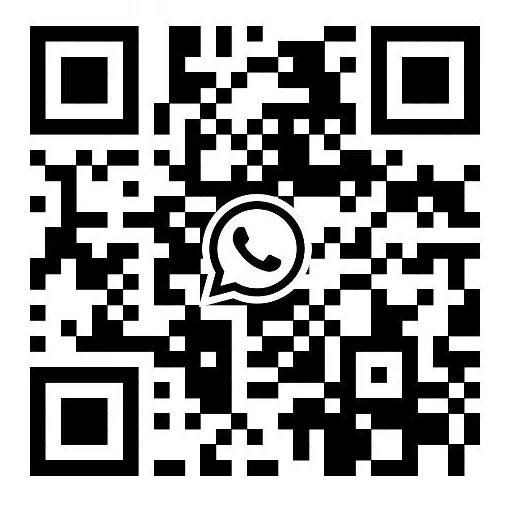
- Afrikaans
- Albanian
- Amharic
- Arabic
- Armenian
- Azerbaijani
- Basque
- Belarusian
- Bengali
- Bosnian
- Bulgarian
- Catalan
- Cebuano
- China
- China (Taiwan)
- Corsican
- Croatian
- Czech
- Danish
- Dutch
- English
- Esperanto
- Estonian
- Finnish
- French
- Frisian
- Galician
- Georgian
- German
- Greek
- Gujarati
- Haitian Creole
- hausa
- hawaiian
- Hebrew
- Hindi
- Miao
- Indonesian
- Italian
- Japanese
- Javanese
- Malay
- Persian
- Portuguese
- Punjabi
- Russian
- Spanish
- Swahili
- Telugu
- Vietnamese

Shielded Glass: The Invisible Armor Protecting Modern Technology
As high-frequency communications and sensitive electronics dominate our world, electromagnetic interference (EMI) poses a growing threat to operational stability and data security. In this environment, shielded glass has become a critical material—offering clear visibility while forming an electromagnetic barrier. Whether in aerospace cockpits, naval command centers, or research labs, shielded glass ensures transparency without compromising shielding. Its applications are expanding, and its value continues to rise across industries that require both protection and performance.

The Core Working Principle of EMI Shielded Glass
Understanding the science behind EMI shielded glass reveals why it's so effective. Traditional glass allows electromagnetic waves to pass through easily, making devices vulnerable to external interference and data leaks. By contrast, shielded glass is engineered with an embedded conductive mesh or coating—typically a transparent metal oxide or a micro-woven metal grid. This shielding layer, positioned between glass panels through lamination, reflects and absorbs electromagnetic energy.
The mesh size or coating thickness determines how effectively the glass blocks specific frequencies. RF shielded glass specializes in blocking radio frequencies, making it ideal for applications where wireless intrusion is a risk. This principle is rooted in the Faraday Cage concept, where a conductive layer isolates and protects internal components from surrounding EMI fields.
Exploring the Types of RF Shielded Glass and Their Applications
Several types of shielded glass exist to cater to different industrial needs. One of the most common forms is EMI shielded glass with indium tin oxide (ITO) coating. This type is used where both high visibility and broad-range EMI protection are necessary, such as in medical imaging equipment or control panels in cleanrooms.
On the other hand, RF shielded glass often incorporates a fine metal mesh (stainless steel or copper) laminated inside two glass layers. This version is preferred for military-grade equipment and secure communication rooms where signal suppression is critical. Hybrid models combine both mesh and coating to maximize light transmittance while achieving high shielding effectiveness—typically ranging from 60 to 90 dB depending on construction.
Additionally, shielded glass can be customized with anti-glare surfaces, UV filters, and even touchscreen compatibility, ensuring that functionality is not compromised by shielding.
How Shielded Glass Ensures Electromagnetic Compatibility in Ships and Aircraft
Electromagnetic compatibility (EMC) is a serious concern in aviation and marine industries. Sensitive navigation and communication systems are vulnerable to EMI, which could lead to signal corruption or even mission failure. That’s where EMI shielded glass proves invaluable.
In aircraft, RF shielded glass is installed in cockpit displays, instrument panels, and observation windows to ensure that navigation systems aren’t disrupted by radio frequencies from onboard or external sources. These glass components are designed to withstand drastic temperature changes, cabin pressure, and vibrations—ensuring performance at cruising altitudes and speeds.
Similarly, ships use shielded glass in radar enclosures, bridge windows, and communication rooms. Naval applications, in particular, benefit from high-performance shielded glass that offers both optical clarity and superior EMI attenuation. This makes it possible to maintain operational security even under potential electronic warfare scenarios. High-seas environments also demand robust seals and coatings to protect against saltwater corrosion and UV damage—challenges that shielded glass manufacturers are now expertly addressing.
Why Industries Prefer EMI Shielded Glass Over Alternatives
Many industries once relied on solid metal panels or opaque shielding films to block EMI. These methods, however, eliminated visual access or were unsuitable for displays. Now, EMI shielded glass has become the material of choice due to its ability to combine electromagnetic isolation with high optical performance.
For data centers, shielded glass helps maintain security in conference rooms and server environments by preventing electromagnetic leaks. In healthcare, it protects diagnostic equipment such as MRIs and CT scanners from external signal interference, thereby improving the accuracy and safety of procedures.
Another significant advantage is customizability. Clients can choose between various shielding levels, visible light transmittance ratings, and thicknesses. The adaptability of RF shielded glass also allows for integration with smart glass technology, offering dynamic shading or display capabilities without sacrificing EMI protection.
As concerns over digital eavesdropping and system failures rise, shielded glass continues to gain favor with architects, engineers, and designers looking for a seamless solution to EMI control that doesn’t compromise aesthetics.
Shielded Glass FAQs
What is the difference between EMI shielded glass and RF shielded glass?
While both types block electromagnetic interference, EMI shielded glass is typically designed to cover a broader spectrum of frequencies. RF shielded glass, by contrast, is focused specifically on blocking radio frequency signals and is often used in military or telecommunications settings.
How is shielded glass installed in aircraft and marine environments?
Installation involves precision lamination and sealing, ensuring the glass maintains shielding integrity even under extreme conditions such as vibration, pressure variation, and thermal changes. Proper grounding is also crucial for effective EMI control.
Can shielded glass be used in touchscreen devices?
Yes. Many manufacturers now produce EMI shielded glass compatible with capacitive touchscreens. These models maintain shielding properties while allowing users to interact with digital displays in secure environments.
What are the key specifications to consider when choosing shielded glass?
Important specs include shielding effectiveness (in dB), visible light transmittance, mesh or coating type, and glass thickness. The application—whether it’s for aircraft, hospitals, or secure rooms—will determine the ideal configuration.
Is shielded glass customizable for large-scale architectural projects?
Absolutely. Many manufacturers now offer large-format shielded glass for building facades, control centers, and meeting rooms, where both aesthetics and electromagnetic shielding are required.
Products categories
-
Stainless Steel Honeycomb Air Straightener IntakeNewsSep.01,2025
-
Advanced Honeycomb Gas Seal: Maximize Efficiency & ReliabilityNewsAug.31,2025
-
1.6mm Honeycomb Ring Seal: High-Performance, Reliable SealingNewsAug.30,2025
-
Steel Honeycomb CoreNewsAug.29,2025
-
Stainless Steel Honeycomb SheetNewsAug.29,2025
-
Honeycomb SealNewsAug.29,2025
-
2.5mm Honeycomb Seal: High-Performance, Durable Sealing SolutionsNewsAug.29,2025















